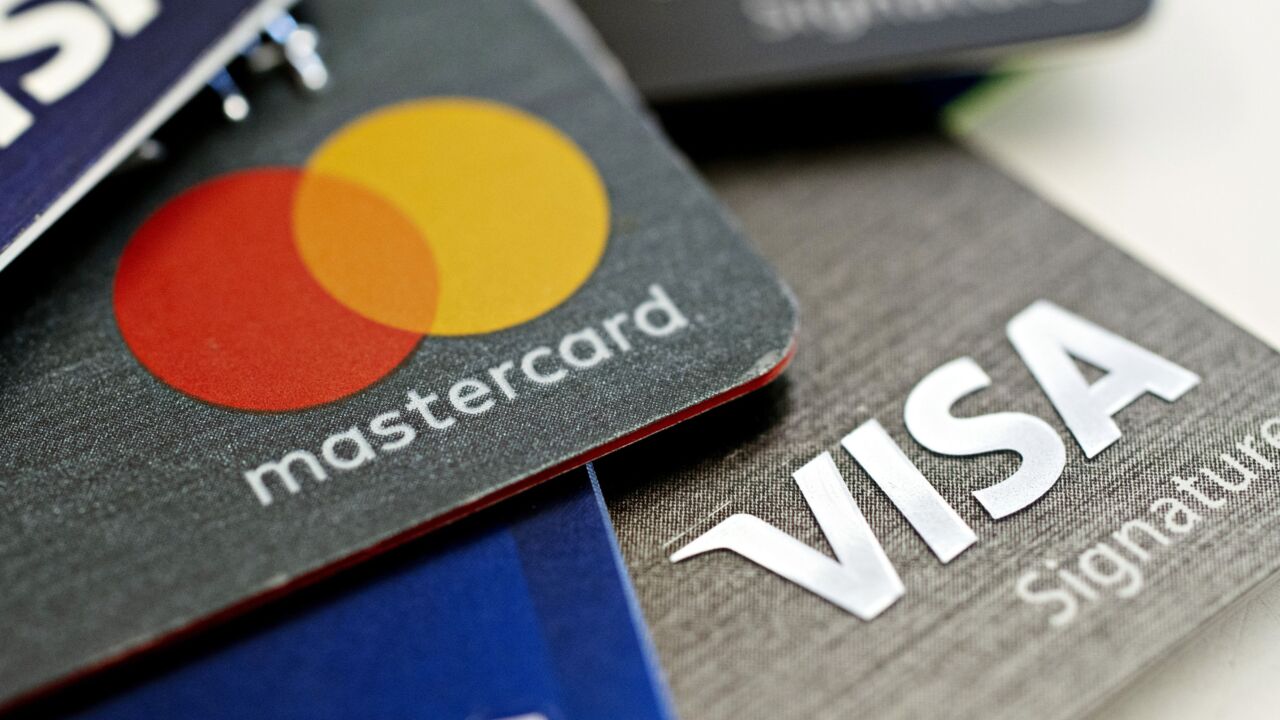America stands at the door of historic change, and banks will have a key role in this change.
Faced with the triple threat of a
To get it right, there needs to be
No developed country has evolved without the banking sector tied at the hip of smart growth and smart bets. This time around the U.S. will need the banking system to broaden its historic outreach.
This means going beyond the traditional choices of the well-known actors, as every big company was once a small one. Because even giants like Bank of America and JPMorgan Chase were once pioneered by founders who centered their businesses on funding entrepreneurial dreamers, then entered the field of competition.
This highly regulated sector will need help to reimagine itself to broaden its opportunity in today’s climate, while remaining respectful of its limitations. Here’s just one proposal.
America has seen several high-profile shootings and deaths involving Black Americans by police. On
The fear displayed by easily alarmed police officers and others outside these neighborhoods, including bankers, cannot continue if we truly want a strong economy that confronts, not scurries, from hardship. Addressing this gap means deploying empowered bankers who already have the ability to offer smart lending capital in conjunction with a community financial coach, aimed at 500+ credit score communities for new homeowners, small businesses and entrepreneurs to uplift struggling neighborhoods and boost jobs. To quote my friend and CNN contributor, Van Jones, “
I recently wrote to the Federal Financial Institutions Examination Council to consider supercharging the Community Reinvestment Act so bank compliance focuses more on boosting credit scores to 700 or more across America.
It is a fact that underserved communities in the 400-500 credit score range, regardless of race, pose a credit lending risk to banks. But it is also true that some of our greatest strivers, dreamers and entrepreneurs in the making came from these same communities. And there are already developments underway, including partnerships between banks and credible nonprofits, to help boost the scores of people who need it the most.
For example,
There is an access gap for Black and Brown folks when it comes to lending and credit scores. A
This means that it’s hard for nonwhite America to get a decent home loan below a 680 credit score, and especially a small-business loan if the borrower’s credit score is below 700. The continuing problem for minority Americans is their difficulty accessing mainstream banking and financial services, as they struggle to get capital on good rates and terms.
A
My prescription here is simple.
The FFEIC should enhance CRA incentives, along with other targeted regulatory supports, to encourage American banks to focus on a centralized goal: the raising of credit scores by 100 points in a 24-month period for consumers in underserved ZIP codes across the nation.
Credit scores goes hand in hand with consumer and community financial education. And those who become educated stay that way for a lifetime.
Secondly, American banks need to laser-focus on the same goal: marry credit score improvement initiatives with the timely layering of lending capital. Simply put, this means increasing homeownership, creating jobs and delivering a sustained means of social justice through economic equality.
Societies do not collapse from the top down, but from the bottom in, as
Editor’s note: Parts of this op-ed were derived from John Hope Bryant’s book, "





